Would you go on a road trip without kicking your tires or checking you had a full tank?
Probably not.
By the same token, you shouldn’t launch your app to the world without ensuring it’s in tip-top condition – especially when you’ve put so much time and effort into building it.
The best way to do this is to conduct thorough mobile app testing. This process ensures that your app functions seamlessly and that your users avoid a bumpy ride.
In the guide below, we'll tell you absolutely everything you need to know about the topic, including different approaches and methodologies, as well as how you can create your own app testing plan.
So, fasten your seatbelts and let’s drive! 👇
3 reasons why mobile app testing is crucial
Mobile app testing should be baked into every stage of the app development process. Why?
Because it allows you to anticipate any issues with your app and resolve them before customers encounter them.
Beyond that, testing delivers a range of benefits, including:
1 - It ensures that you not only meet, but exceed user requirements
Testing ensures that your app's features and functionality match what users want and need. For example, when a customer interacts with a mobile app that functions well, it leads to higher satisfaction and a positive overall user experience (UX).
2 - It reduces app crashes and negative user experience
Testing helps to identify and rectify bugs that can lead to negative user experiences and crashes if left unattended. As a result, you can retain users and prevent them from uninstalling your app.
3 - It increases app speed resulting in positive user experience
Performance testing ensures that your app loads quickly and responds promptly to user interactions. A fast and responsive app contributes to a smooth and efficient user experience from start to finish!
The 2 main approaches to mobile app testing
Automated and manual mobile app testing are two distinct approaches to ensuring the quality of the mobile app you create. Here's a brief overview of each:
Automated testing | Manual testing | |
Efficiency | Uses scripts and automation tools for faster test execution | Relies on human testers; can be slower for repetitive tasks |
Repeatability | Consistent results for repeated test runs | Relies on tester's skill; results may vary with different testers |
Scalability | Well-suited for scaling across devices and configurations | Limited scalability due to manual execution |
Data-driven testing | Easily supports running the same test with multiple datasets | Requires manual effort to execute tests with different data |
Performance testing | Simulates a large number of virtual users for performance assessment | Limited capability to simulate large-scale scenarios |
Exploratory testing | Limited as it follows predefined scripts | Emphasises creativity, intuition and domain knowledge |
Adaptability | Less adaptable to changing conditions during testing | Adapts well to changing conditions and unexpected scenarios |
Usability and UX | Limited in assessing subjective aspects like UX and usability | Effectively assesses usability and UX through human interactions |
Initial testing | Well-suited for regression testing and stable test cases | Used for initial testing when test cases are not well-defined |
In practice, both approaches have their own pros and cons in the testing process.
Automated testing is excellent for repetitive, regression and performance testing, while manual testing is invaluable for exploratory testing, usability assessments and uncovering unforeseen issues.
What seems to be the winner for many teams is to combine both methods in parts to take advantage of their respective strengths and improve the overall quality of the software or mobile app.
4 mobile app testing methodologies
The terms “testing approaches” and “testing methodologies” are sometimes used interchangeably, but they actually refer to different aspects of the testing process.
On one hand, testing approaches are concerned with the techniques used to test an app, which we covered above. Methodologies, on the other hand, are the frameworks and strategies used in the development and testing process, which we’ll go through now 👇
1 - Agile app development
In Agile development, the development process is divided into short iterations called sprints.
Each sprint typically lasts for a defined period (at Builder.ai, it’s around 10 days), within which a portion of your app's functionality is developed, tested and fine tuned.
This iterative approach allows developers to respond swiftly to changes, integrate user feedback and ensure that your app aligns with the user’s expectations. It also provides immediate feedback to developers, helping them identify and resolve issues at an early stage, reducing the cost and effort required for corrections.
2 - DevOps development
DevOps takes the concept of Agile development a step further, emphasising the integration of development and operations.
It promotes the automation of the entire development pipeline, including testing.
DevOps aims to streamline the development process, ensuring that code is tested, integrated and deployed quickly and efficiently.
3 - Integrated testing
In both Agile and DevOps methodologies, testing is seamlessly integrated into the development pipeline. As code is written and new features are developed, automated tests run continuously to ensure that your app remains stable, secure and functional. This approach provides several benefits:
- Faster feedback- issues are detected and resolved immediately, reducing development costs and time
- Early bug detection- bugs are identified and addressed early, preventing them from escalating
- Improved app quality- continuous testing ensures a higher level of quality and stability in your app, ultimately leading to better user experiences
Want to start your app project with us?
Book a demoSpeak with one of our product experts today.
By proceeding you agree to Builder.ai’s privacy policy and terms and conditions

6 key types of mobile app testing and their significance
The type of mobile app testing you use depends on the features you’re evaluating. Here are six different techniques you can use to get 360-degree coverage:
Functional testing
Functional testing is the bread and butter of the mobile app testing world. Why?
Because it examines whether your app performs its intended functions correctly.
The job of the testers here is to meticulously verify whether all features, buttons and interactions are working as expected. This type of testing ensures that your app functions smoothly, as per your app design.
Performance testing
Performance testing focuses on assessing your app's responsiveness, speed and stability under various conditions. It includes load testing, stress testing and scalability testing.
These tests evaluate how your app behaves under different loads, ensuring that it can handle heavy user traffic without falls in performance.
Compatibility testing
As we know, mobile devices come in various shapes and sizes, with different operating systems and screen resolutions. Testing for all of these types is very important too!
Compatibility testing helps check how well your app can adapt to these diverse environments, ensuring it looks consistent and functions seamlessly across all of them.
Usability testing
Usability testing delves into the user experience, examining how intuitive and user-friendly your app is.
Here, testers evaluate navigation, content and overall design to ensure users can easily interact with your app.
Security testing
In the age of increasing cyber threats, app security isn't just a nice-to-have feature; it's essential to safeguard user data, privacy and the overall integrity of your app.
This type of testing aims to identify vulnerabilities and weaknesses in an app's security features. It assesses common security vulnerabilities like data leaks, authentication weaknesses and encryption weaknesses to safeguard user data.
Compliance testing
Mobile apps often need to adhere to industry-specific regulations or standards, such as GDPR or HIPAA.
Compliance testing ensures that your app complies with these legal requirements, reducing the risk of legal complications.
The key components of a mobile app testing plan
Now that we understand the importance of mobile app testing, it's time to explain how you can create a testing plan that covers all bases. Check out the key components below:
Test objectives
The first step in creating a testing plan is to define clear and measurable objectives.
These objectives should outline what the testing process aims to achieve. They align with your app's goals and ensure that every aspect of your software is scrutinised, from functionality to security and performance.
If your app is an ecommerce platform, the test objective could be to validate the following:
- Functionality- all features, such as product search, adding items to the cart and secure checkout work as intended
- Security- payment transactions are secure and user data is handled with confidentiality
- Performance- the platform can handle lots of simultaneous user sessions without affecting response time
Test scope
The test scope defines the boundaries of the testing process. It outlines what aspects of your app will be tested, including features, functionality, performance and compatibility.
Clearly defining the test scope prevents testing from becoming overly broad or too narrow, ensuring that all critical aspects are examined.
So, for your ecommerce platform, the test scope could be:
- Features- testing covers end-to-end scenarios, including product browsing, cart management and order placement
- Functionality- the focus is on key functionalities, such as payment processing and user authentication
- Performance- the goal is to evaluate the platform's performance under various loads to ensure it meets expected standards
Test environment
The testing environment is where the magic happens. It encompasses the devices,operating systems, network conditions and other variables where testing will take place.
This ensures that the testing environment mirrors real-world conditions, meaning it performs as expected when it reaches the hands of users. Here’s what you need to cover:
- Devices- testing on a variety of devices, including smartphones and tablets
- Operating systems- ensuring compatibility with different OS versions, such as iOS 14, Android 11 and their predecessors
- Network conditions- assessing performance under different network speeds, like 3G, 4G, 5G and Wi-Fi
Test cases and scenarios
A test case is a set of steps used to check if a particular feature in an app works the way it’s supposed to. Test cases specify what needs to happen before, during and after testing.
They ensure that every aspect of your app’s functionality is thoroughly tested and signed off before it reaches the hands of users, minimising the possibility of releasing a defective app.
Writing test cases is how you tell a tester what they need to do, in what order and detail the outcomes they should expect.
For instance, in a test scenario where you have to check login functionality, a common test case would look something like:
Test Case: Check results when a valid Login ID and Password are entered.
Simply put, test cases are a systematic way to examine an app’s performance and stability. They include various test scenarios to make sure that your app is tested to its limits.
Test schedule
Creating a timeline for testing activities is equally important. A well-structured schedule helps manage resources effectively and ensures that testing is completed in a timely manner. Whether you're adhering to Agile methodologies with frequent sprints or following a more traditional development approach, a clear schedule keeps the testing process on track.
In an Agile development environment, these become your priorities:
- Sprints- testing objectives are integrated into each sprint, aligning with the development cycle
- Timely execution- well-structured schedule ensures that regression testing and user acceptance testing are completed within the two-week sprint timeline
Ultimately, a well-structured testing plan not only provides a roadmap for testing but also ensures that your app meets its intended objectives and user expectations.
With clear objectives, a well-defined scope, an appropriate testing environment and a realistic schedule, your testing plan sets the stage for a successful app launch.
Step-by-step mobile app testing plan for a bug-free environment
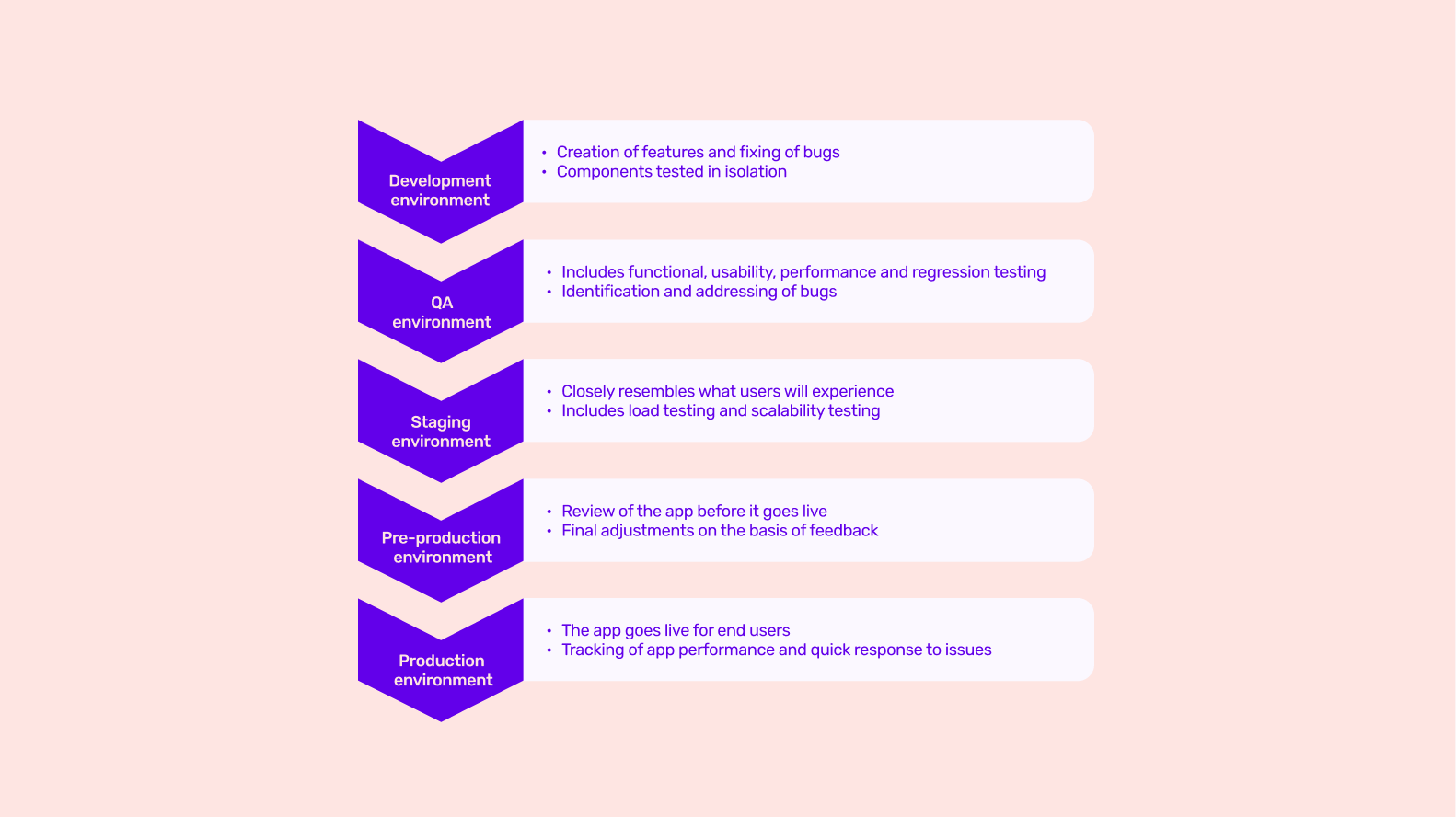
Let's break down the different environments that your app will go through if you make one with us and the roles they play in the mobile app testing process:
Development environment
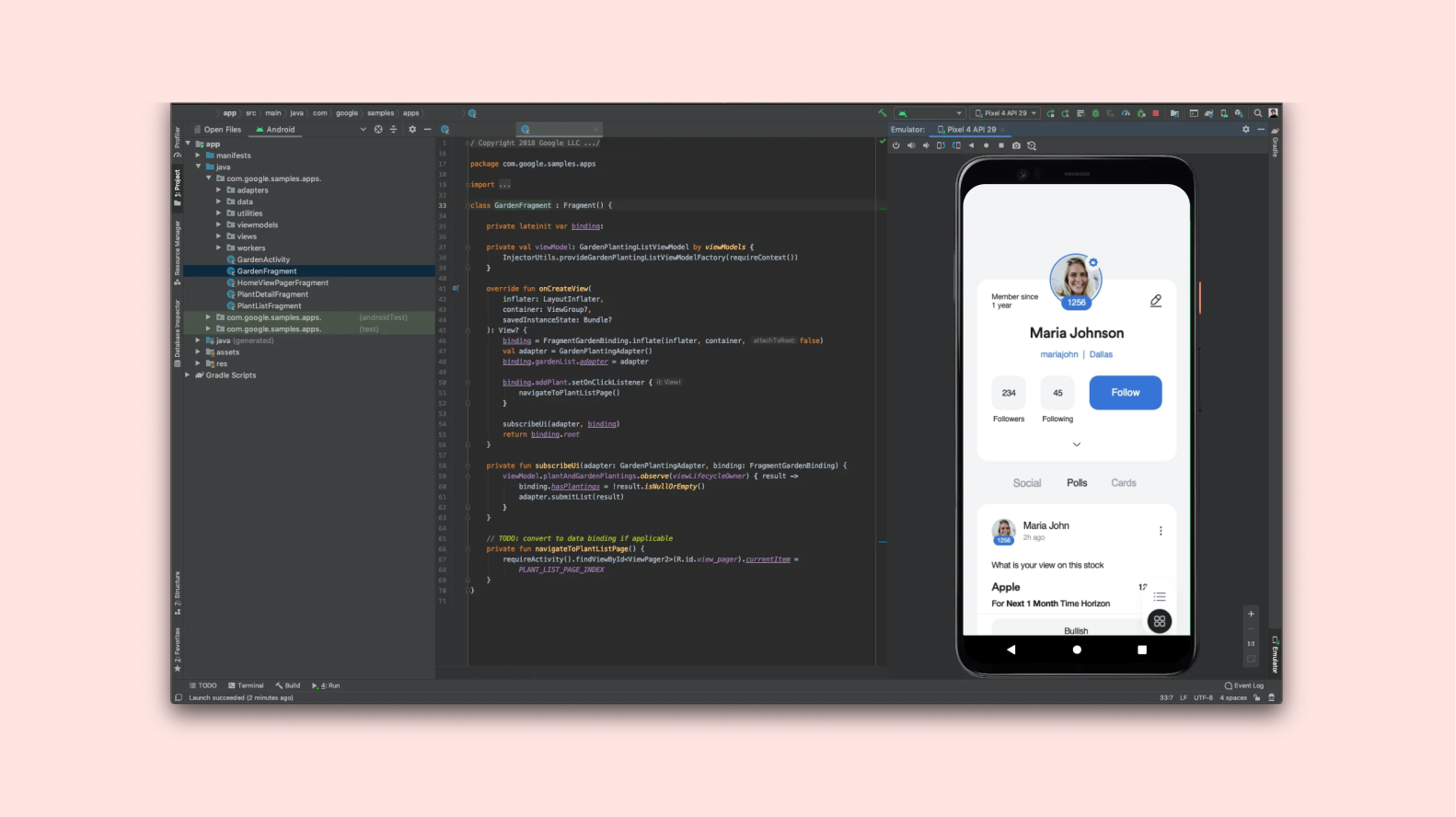
The development environment is where the initial coding and development of the mobile app takes place. Developers work on creating new features, fixing bugs and implementing changes in this controlled environment.
Testing in this environment typically involves unit testing, where individual components and functions are tested in isolation to ensure they work as expected.
Developers often use emulators or simulators to test their code on various mobile devices, platforms and operating systems.
For example, developers might simulate the app on different devices, testing how the step-counter algorithm in a fitness app performs on both Android and iOS platforms before moving to the next phase.
QA (Quality Assurance) environment
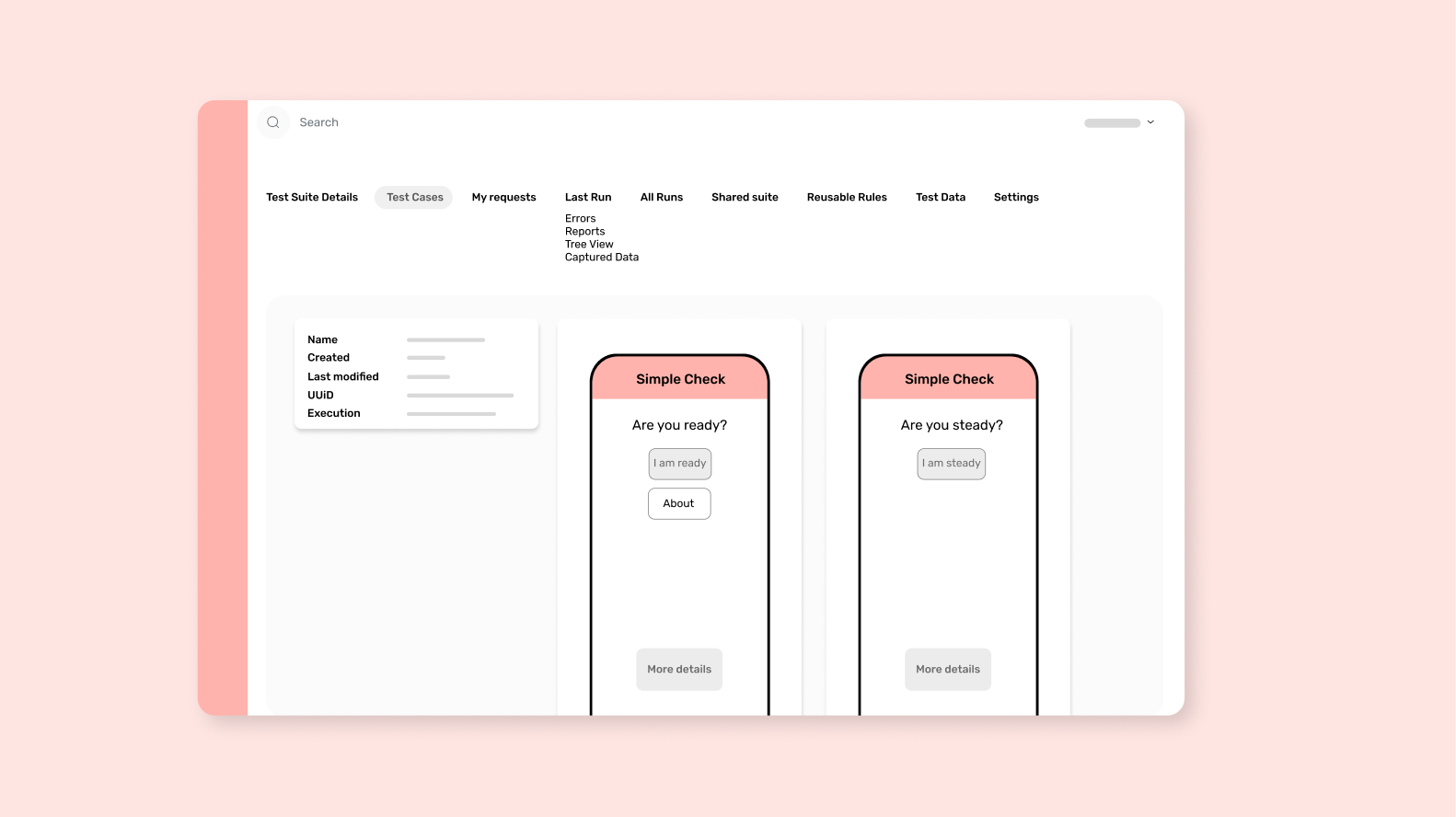
After development, your app moves to a QA environment, where a dedicated team of testers conducts extensive testing. This includes functional, usability, performance and regression testing to identify and report any issues or defects.
Testers use a variety of physical devices and real mobile operating systems to simulate real-world usage scenarios.
The QA environment is critical for identifying and addressing bugs and usability issues before they can impact the user experience.
When testing a fitness app, for example, app testers might want to use various smartphones to replicate diverse user scenarios. This could include checking if the app accurately calculates burned calories during activities like running, cycling or weightlifting.
Staging environment
The staging environment includes the same server configurations and data sets as the production environment, serving as the final step of pre-production testing.
Here, the mobile app is thoroughly tested in an environment that closely resembles what users will experience. This helps identify any issues that might be specific to the production environment.
Testing in this environment includes load testing, scalability testing and more to ensure your app can handle the expected user traffic.
For example, you could test the performance of a fitness app at peak usage times, checking whether it can still accurately track workouts.
Pre-production environment
The pre-production environment is where stakeholders review your app before it goes live. This phase often includes user acceptance testing (UAT) to ensure your app meets its requirements and expectations.
You can make any final adjustments you need based on these inputs. Once you get the green light on the adjustments, your app is ready to be deployed to the production environment.
For example – during UAT, you may identify that the workout history feature doesn't display data correctly in your fitness app. As a result, your development team can make the necessary changes.
Production environment
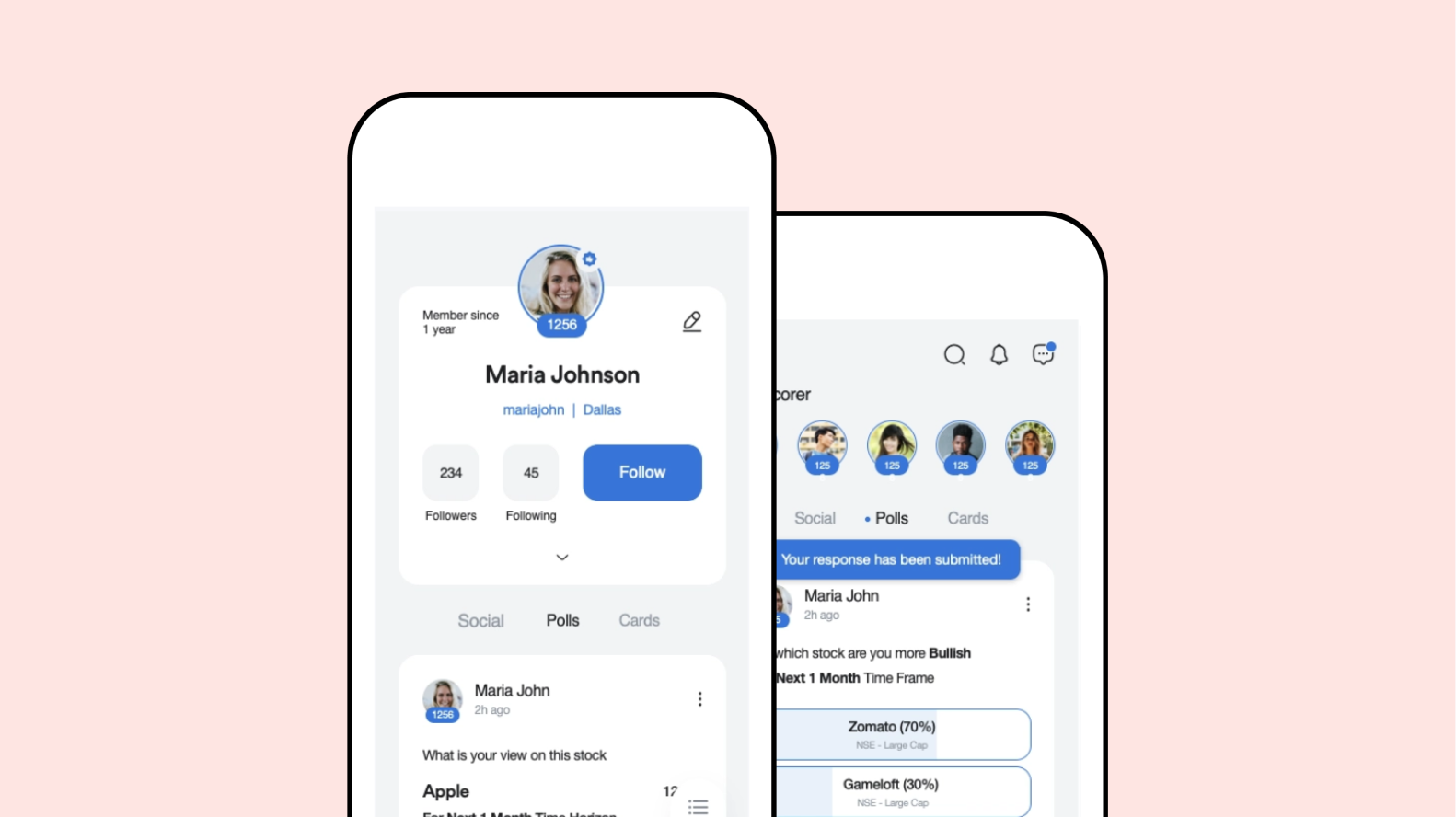
The production environment is the live, publicly accessible version of the mobile app that’s available to end-users. This is where everyone can see and use your application.
Continuous testing occurs even in the production environment. Monitoring tools are used to track app performance, user feedback and any potential issues that may arise in real-world usage.
Quick response to any critical issues is essential to maintaining a positive user experience.
If users report a synchronisation issue with wearables for a fitness app, the development team may want to use monitoring tools to quickly identify and resolve the problem, ensuring a seamless fitness tracking experience for all users.
Throughout this process, mobile app testing is ongoing and iterative, with each environment serving a specific purpose in ensuring your app's quality and reliability. Proper testing at each stage helps minimise the risk of defects reaching end-users and enhances the overall user experience.
12 ways to monitor post-launch testing
Monitoring post-app launch testing is crucial to ensure that your app continues to perform well in the long term. Here's a guide on how to effectively monitor post-app launch testing for apps:
1 - Define key performance metrics
Identify the key app performance metrics and Key Performance Indicators (KPIs) that are critical to your app's success. These may include app load times, response times, error rates, crash reports, user engagement and conversion rates. Having clear metrics will guide your monitoring efforts.
For example, by doing so, you can assess the health of your app and make data-driven decisions. Here's what you should focus on after you launch your app:
- Load times- pay attention to the time it takes for your app to load and respond; slow load times can frustrate users and may lead them to bounce off or uninstall your app
- Crash reports- identify and address any issues that lead to unexpected app crashes so users can complete the actions they want to
- Resource consumption- evaluate how your app uses device resources, such as CPU, memory and battery; resource-heavy apps can lead to slow loading times
- User engagement metrics- keep an eye on metrics like session duration, screen views and conversion rates to understand how users interact with your app, while identifying areas for improvement
- Network performance - monitor how your app performs under different network conditions, ensuring it functions seamlessly under varying circumstances
2 - Implement real-time monitoring
Set up real-time monitoring tools and services that can continuously track the performance and behaviour of your app.
These tools can collect data on user interactions, server response times, error logs and other relevant information. Popular tools include New Relic, AppDynamics and Firebase Performance Monitoring.
3 - Crash reporting and error tracking
Use crash reporting and error tracking services to monitor and receive notifications for app crashes and exceptions.
Services like Crashlytics, Sentry and Raygun provide detailed crash reports and insights into the specific issues encountered by users.
4 - User feedback and ratings
Regularly review user feedback and ratings on mobile app stores and other platforms, paying attention to user reviews, comments and suggestions.
Users often report issues and offer valuable insights that can help you identify and address problems quickly.
5 - Anomaly detection
Implement anomaly detection systems that can automatically identify unusual patterns or deviations from normal app behaviour.
These systems can alert you to potential issues or performance degradation.
6 - A/B testing
Conduct A/B testing to compare different app versions or features.
This can help you understand how changes impact user engagement and conversion rates, allowing you to make informed decisions about updates and improvements.
7 - Performance optimisation
Regularly review your performance metrics and identify areas that need optimisation. Focus on addressing bottlenecks, reducing load times and improving user experience.
8 - Security monitoring
Continuously monitor your app's security to detect and mitigate any vulnerabilities or breaches. Security monitoring tools can help identify suspicious activities or unauthorised access attempts.
9 - Scalability and load testing
As your app gains users, regularly perform scalability and load testing to ensure it can handle increasing traffic without a decline in performance. This helps prevent unexpected downtime due to high demand.
10 - Scheduled maintenance and updates
Plan and schedule regular app maintenance and updates. This may involve bug fixes, feature enhancements and security patches. Be sure to inform users about these updates and encourage them to keep their apps up to date.
11 - User support and communication
Establish channels for users to report issues and provide feedback directly within your app. Promptly respond to user inquiries and communicate known issues and resolutions transparently.
12 - Data analytics
Leverage data analytics tools to gain insights into user behaviour, conversion funnels and other relevant data points. This can help you make informed decisions for app improvements.
Common app testing challenges (and how to avoid them)
While mobile app testing is a crucial process, it's not one without challenges. Understanding these challenges and knowing the best practices for how to overcome them is essential for successful app testing.
Device fragmentation
Device fragmentation refers to the sheer number of hardware and software configurations of devices in use at any given point in time.
Due to the vast array of mobile devices, each with different screen sizes, RAM sizes, CPU configurations and operating systems, testing can be challenging.
Best practice
To overcome this, you require testing frameworks that support multiple devices and configurations. Use emulators for broader coverage and prioritise testing on popular devices first.
Also, it’s crucial to test on real devices to ensure that your app functions correctly and looks great on different screens. While emulators are useful for broader coverage, nothing beats real-world device testing.
Network conditions
One of the most overlooked yet common challenges is that your app’s performance might be affected due to real-world network conditions. Low performance due to network conditions can hamper the user experience.
Best practice
You need to simulate real-world conditions and test under various networks, including slow, intermittent or limited connectivity. This ensures that your app functions consistently, even when users have poor network access.
Resource constraints
Optimising your app’s performance for devices with limited processing power, memory or storage is one of the biggest challenges when developing your app.
Ensuring that your app runs smoothly on less capable hardware is key to a positive user experience.
Best practice
You need to identify and address bottlenecks as and when they occur. You also need to optimise your code for efficiency. All this can be done when you engage with real users in the testing process to gather insights on usability, functionality and the overall user experience.
Whether through beta testing, feedback forms or direct communication, listening to your users leads you to develop an app that performs under resource constraints.
Ensuring security is up to date
Neglecting to update and patch security features can leave your app vulnerable to cyber threats and data breaches. It can be quite a challenge for you to update your app on a regular basis.
Best practice
To navigate through the waves of constant bug fixes and security updates, adopt continuous integration and continuous testing (CI/CT). This practice involves automating testing in the development pipeline, ensuring that your app undergoes rigorous examination with each code change.
The rapid feedback from CI/CT allows you to spot issues early, address them promptly and maintain a high standard of quality.
Mobile app testing tools you should know about
Now you know how to test an app step by step, let’s look at some of the tools you – or whoever you choose to test your app – will use throughout the process:
Appium
Appium is an open-source automation framework that allows you to test native, hybrid and mobile web applications on both Android and iOS platforms.
One of its significant advantages is that it uses a single codebase for cross-platform testing, making it a versatile choice for app testing across different devices and operating systems.
Calabash
Calabash is another open-source framework that supports automated testing for both Android and iOS mobile apps. It's known for its natural language-style test scripts, making it user-friendly for testers and developers.
Calabash provides a great balance between functionality and ease of use.
XCUITest
XCUITest is Apple's official testing framework for iOS app testing. It integrates seamlessly with app programming languages like Xcode and Swift or Objective-C, making it the preferred choice for developers working within the Apple ecosystem.
XCUITest allows for robust UI testing and has excellent support for iOS-specific functionalities.
Android Espresso
Espresso is Google's official UI testing framework for Android app testing. It's highly regarded for its simplicity and speed in executing UI tests, making it ideal for testing Android applications.
Espresso offers a wide range of testing capabilities, enabling developers to create efficient and reliable test suites.
These tools and frameworks cater to different needs and preferences, allowing developers and testers to choose the one that best fits their specific mobile app testing requirements, whether it's cross-platform testing, natural language scripting or platform-specific testing for iOS and Android.
Conclusion
While the mobile app testing process is extensive and multifaceted, it’s essential to understand.
That’s because it’s absolutely crucial to the success of every app version you release; both pre-launch and post-launch.
And embracing it as a continuous process will help to ensure your long-term success.
Create rigorous and regularly tested apps with Builder.ai by hitting the banner below 👇
Want to start your app project with us?
Book a demoSpeak with one of our product experts today.
By proceeding you agree to Builder.ai’s privacy policy and terms and conditions

Neetu Mogha is a Tech Lead at Builder.ai where she applies 10+ years of management experience to guide the software development team. Neetu has a BTech in Computer Science from Hemchandracharya North Gujarat University.

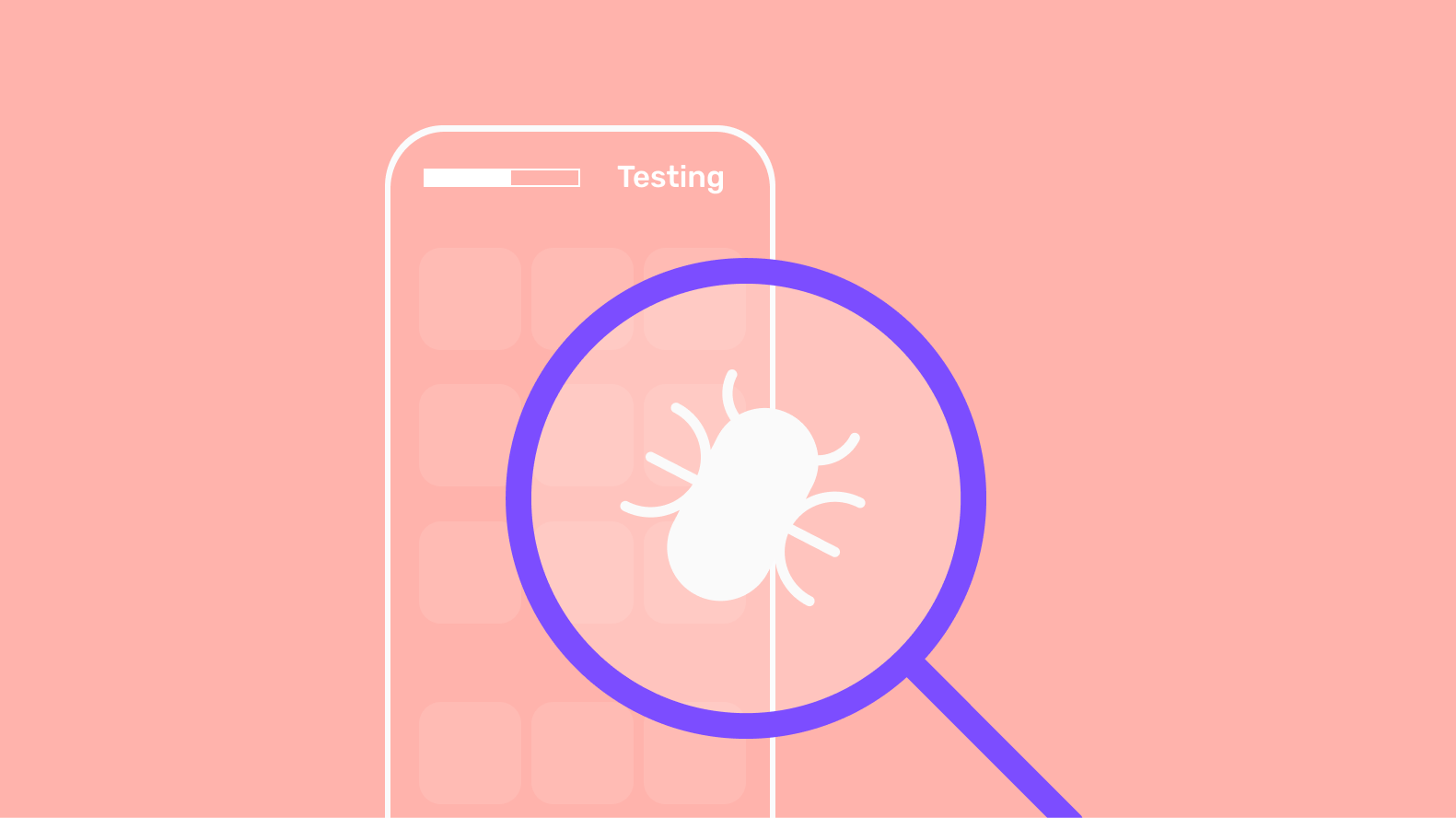

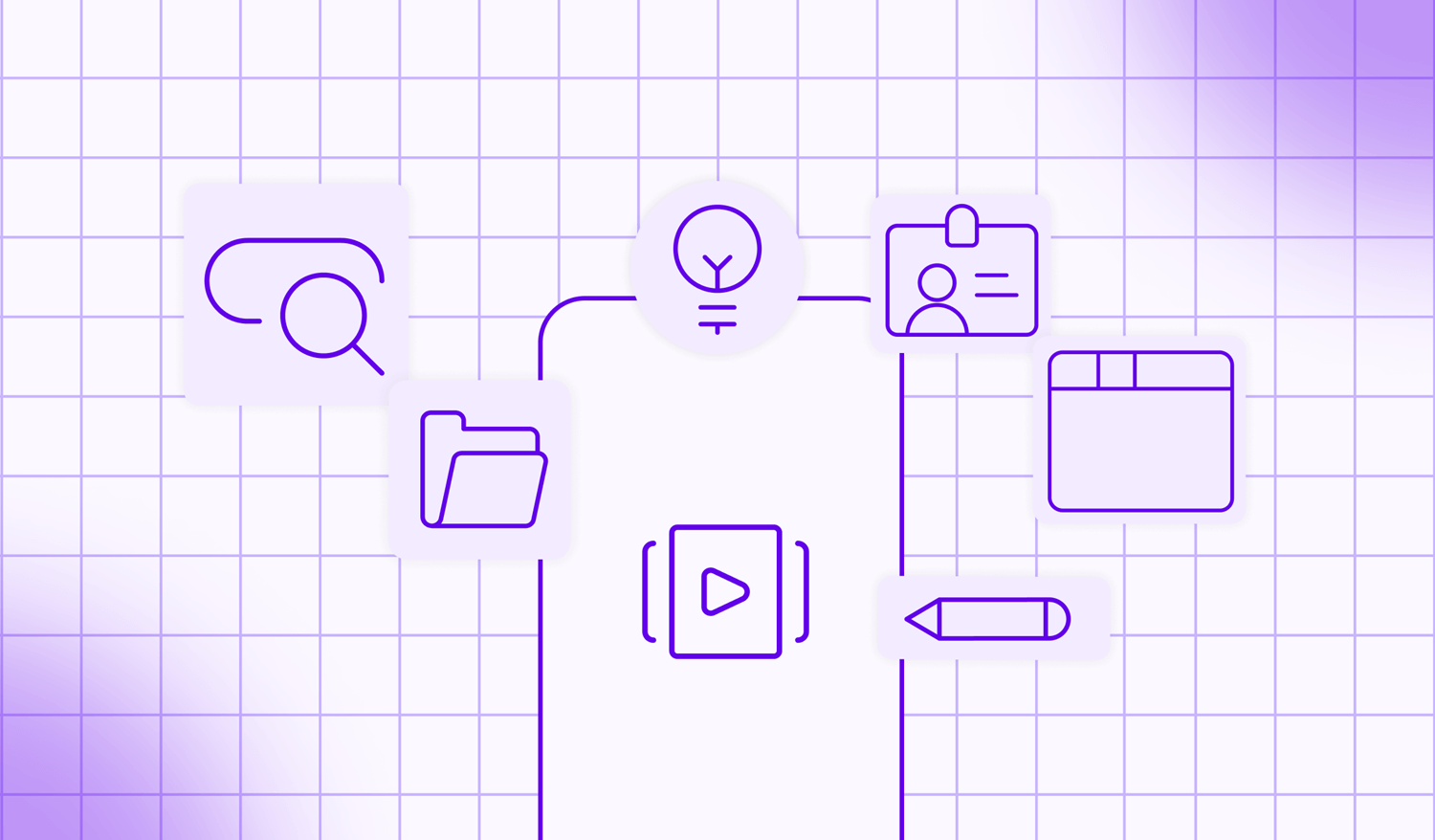

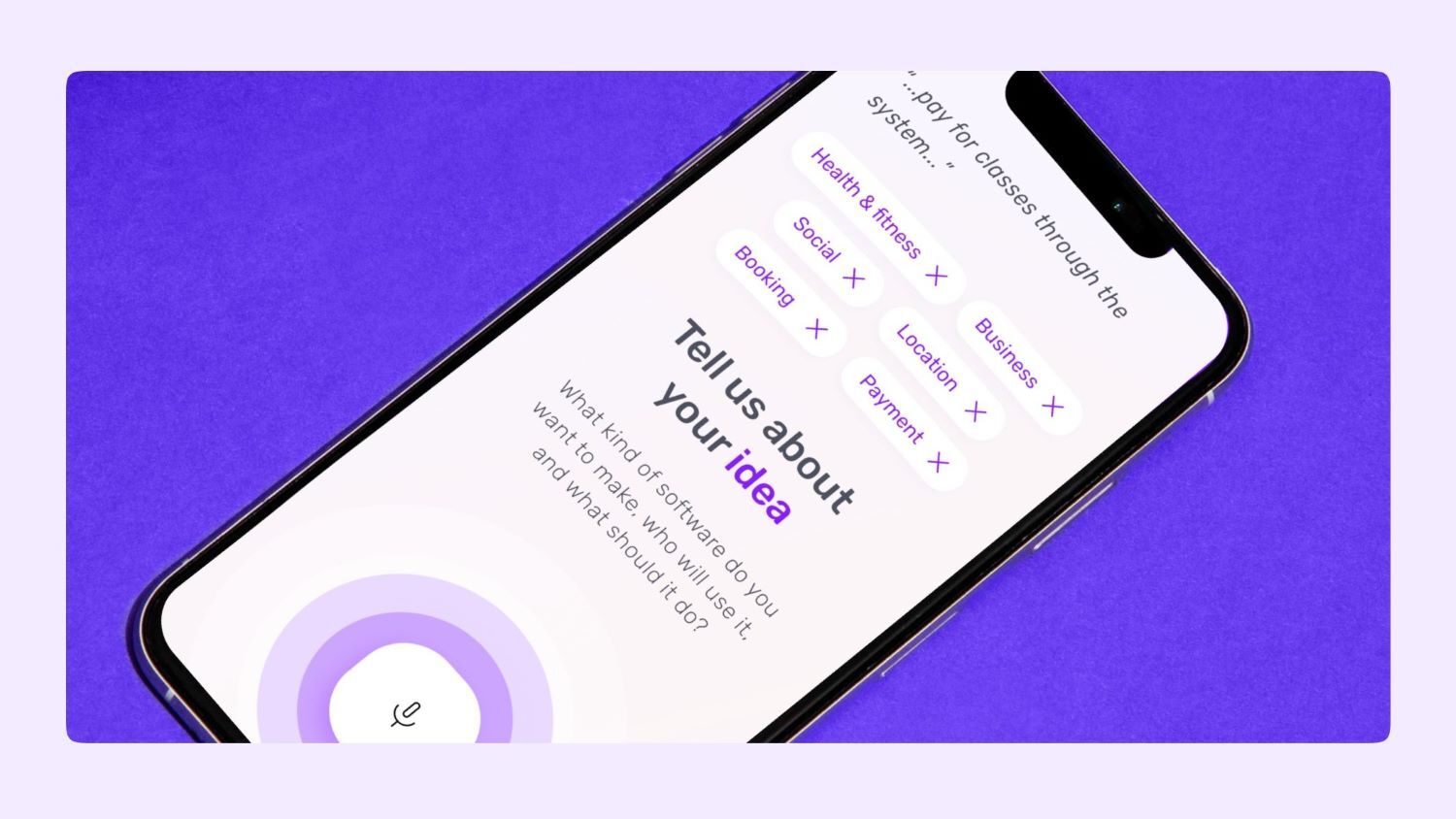






 Facebook
Facebook X
X LinkedIn
LinkedIn YouTube
YouTube Instagram
Instagram RSS
RSS


